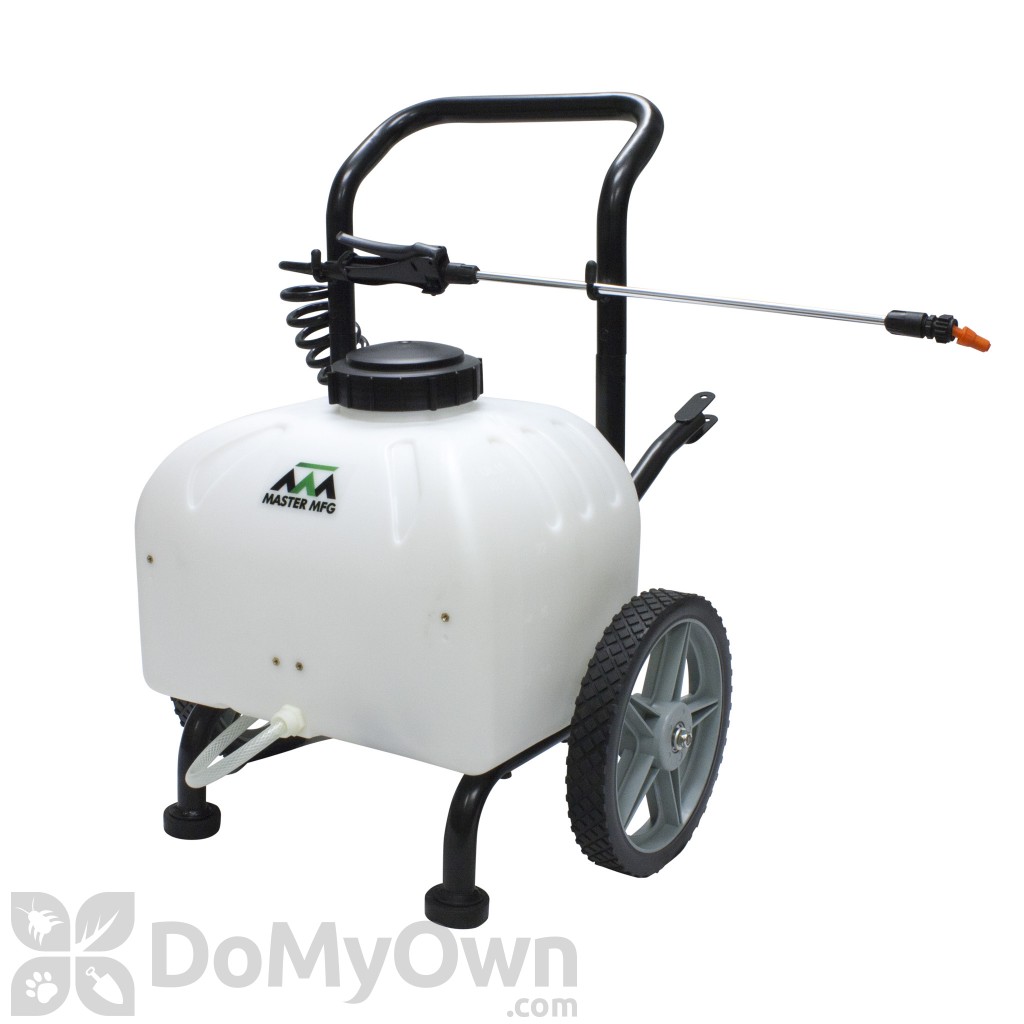Spider Mites
Spider Mites are the worst pest we get here in Southern California for hibiscus. They are particularly troublesome for exotic hibiscus plants. We typically see spider mites during the summer and fall months but they can be active year round. What makes them such a problem is they are so small you can barely see them but they multiply so quickly they can ravage a large, mature plant in a matter of weeks. It is their ability to reproduce at incredibly fast rates that makes them such a fearsome pest.
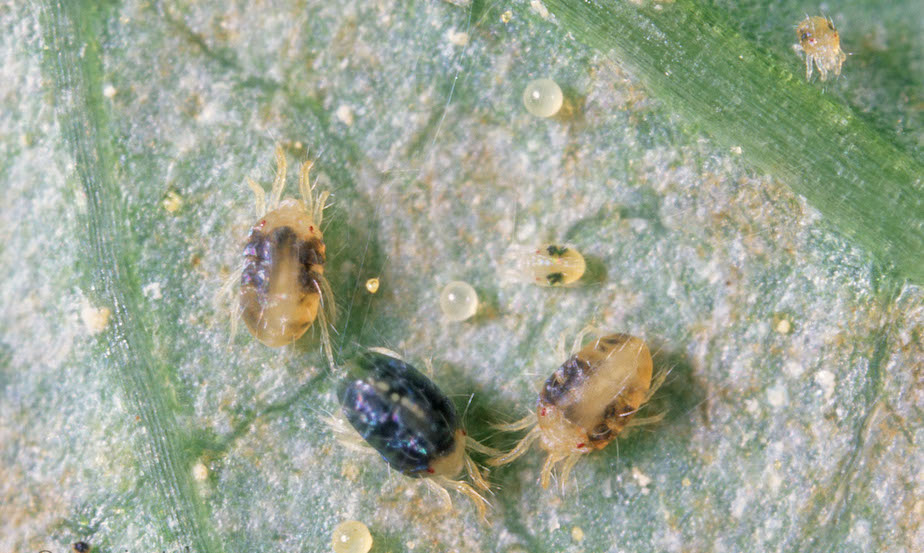
Spider mites are sap sucking tiny insects that pierce the underside of your leaves and suck the chlorophyll out of your plant’s leaves making them take on a mottled yellow and green appearance. Left unchecked they will eventually defoliate an entire plant within weeks.
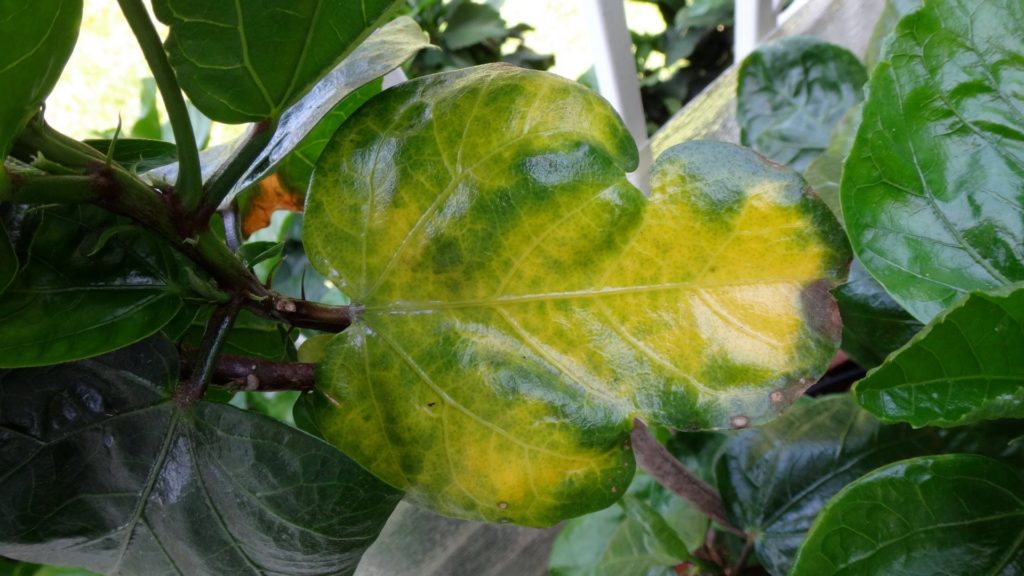
Diagnosing a Spider Mite Infestation
Here are the tell tale signs your plant has spider mites. The leaves on your plant will yellow from the ground up over time since spider mites do not fly and have to crawl up your plants. The leaves of your plant will have that classic mottled yellow and green look. That is the mite infestation growing and spreading as they feed on your leaves sucking out all the chlorophyll. You will notice the undersides of the leaves will be a sticky and dirty mess from all the spider mites’ waste. They love it dirty and messy.
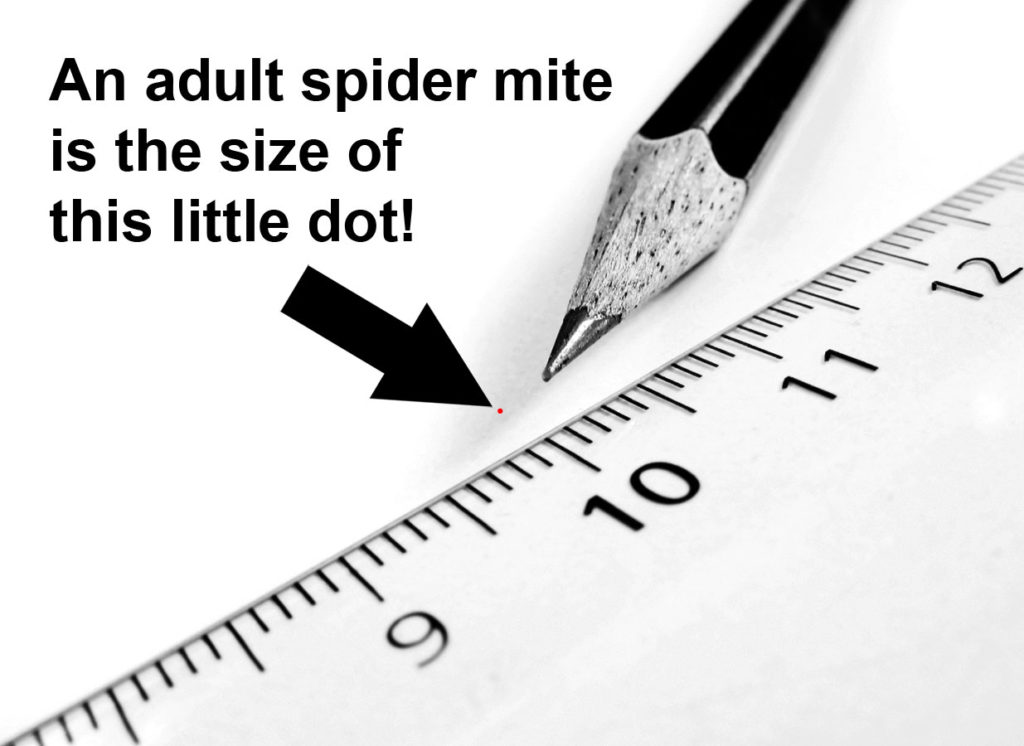
The best way to confirm you have them is to get a magnifying glass or jeweler’s lens and look at the undersides of any leaves that have that mottled look to them. They look like little crabs. You might even see some webbing on the undersides of your leaves or at the branch tips – that is from them as they create their spider mite empire on your plant. By the way if you see any small red crab looking insects that are easily seen by the naked eye and move quickly around that is a good guy and is a spider mite predator.
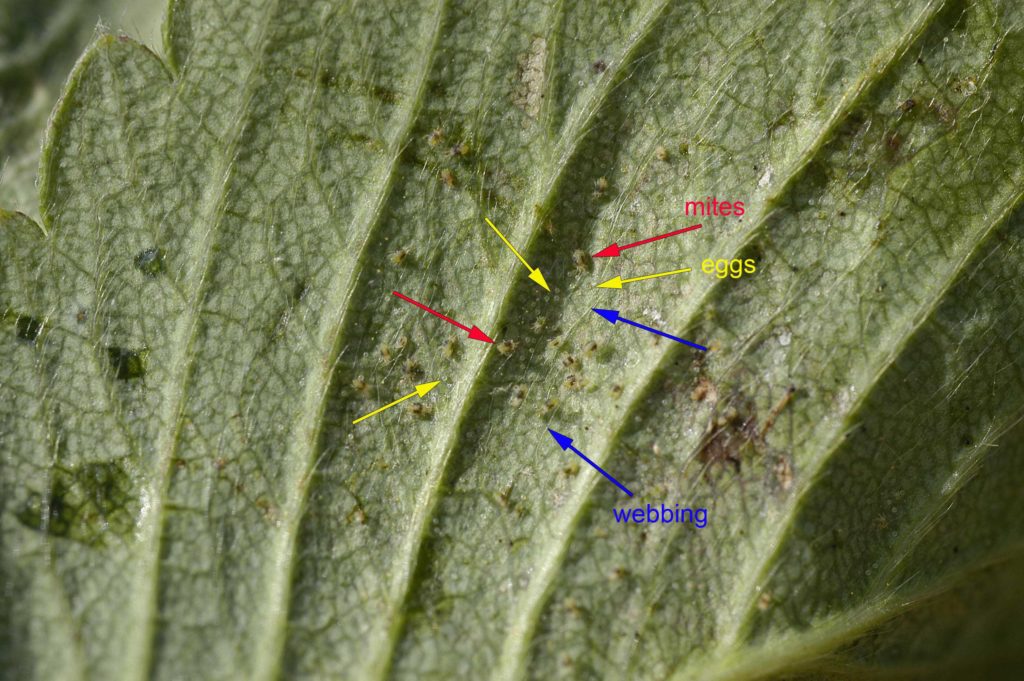
Spider Mites Are Very Hard to Eliminate
Spider mites also thrive in indoor conditions where there is no wind and natural predators. They love dry, hot and dusty conditions. They are not easy to get rid of and unfortunately all the typical store/nursery sprays that claim are miticides that get rid of spider mites do not work. That goes for the same for any organic product that claims it gets rid of spider mites. Earthworm castings can help but it takes time for your plant to absorb it and get it into their sap so by then you might have significant damage to your plants. Our members have gotten mixed results using this approach. Also be very careful not to put too much in your soil as it becomes very dense with no air when wet and can quickly lead to root rot.
One good precaution to take is making sure your plants are always clean and dust free. Spider mites love dusty and dirty conditions so it will help to decrease the conditions they prefer to live in plus your plants do better the cleaner they are. When cleaning your plants never use any products with soap. Soap breaks down the protective waxy coating of your hibiscus leaves and leaves them vulnerable to infection and pests
The Real Solution to Spider Mites
Here at the SCHS we try to promote organic gardening and being proactive with good gardening practices so that your plants are in top shape and are using all their natural plant defenses and built in mechanisms to ward off pests. This is one of the few circumstances where through much experience and testing we have concluded that the correct course of action is to use a pesticide. Any product containing Abametcin is what you need to truly combat a spider mite infestation otherwise your plants will continue to struggle for many months until the seasons change and the weather conditions are not as supportive for them to thrive. From our experience we prefer to use Avid but any products with it will do the job. Do My Own we have found has the best prices and selection Abamectin – Do My Own Pest Control. Many of our members have had the best success using Avid but there are a vast array of miticides that contain abametcin.
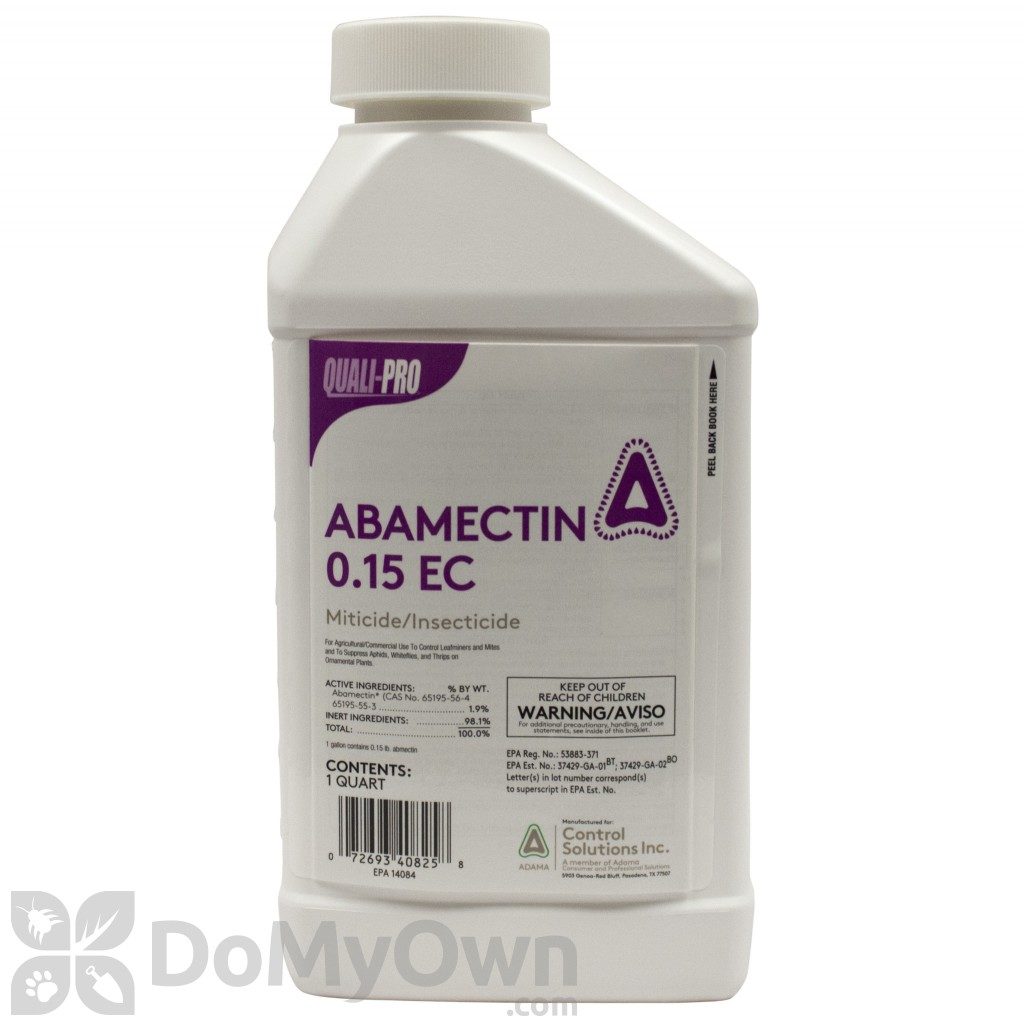
Worst Case Scenario – Resistant Spider Mites
In order to properly get rid of spider mites you will have to do a weekly spraying of your abamectin product once a week for three weeks. If you are using Avid we advise using 1 teaspoon per gallon of water. Spray the undersides of the leaves as that is where the spider mites live and feed. If you want to spray longer than three applications the spider mites will start to become immune to the abamectin and you will have a real problem on your hands. You will need to switch to a product that has a different main ingredient. For that we recommend Pylon or Forbid. You can spray just one week with your backup miticide and then you can switch back to your primary one. These products are expensive but you use them in small quantities so they will last you a long time.
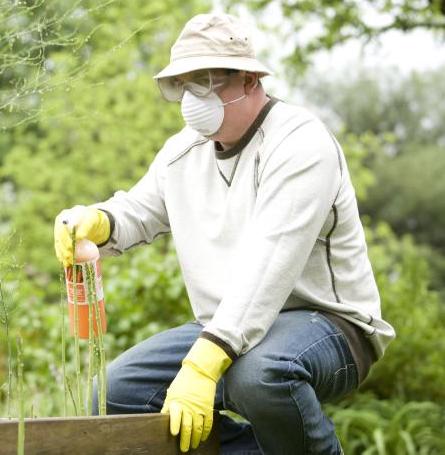
Spraying Correctly is Critical
The first and most critical step when spraying your hibiscus for sider mites and really for anything is to use a sticking agent. When mixing your miticide spray application it is a must to add horticultural oil to the mix. The horticultural oil will stop your miticide from evaporating and will also drown any pest it comes into contact with so now you have a double killing action. By adding this simple and effective sticking agent you will increase the effectiveness of the miticide by 30-40%! Also pests can never become immune to drowning so this is an important aspect to properly controlling them so your hibiscus have the opportunity to grow in optimal conditions. Only spray immediately after sunrise or just before sunset as the oil can burn the leaves in direct sunlight.
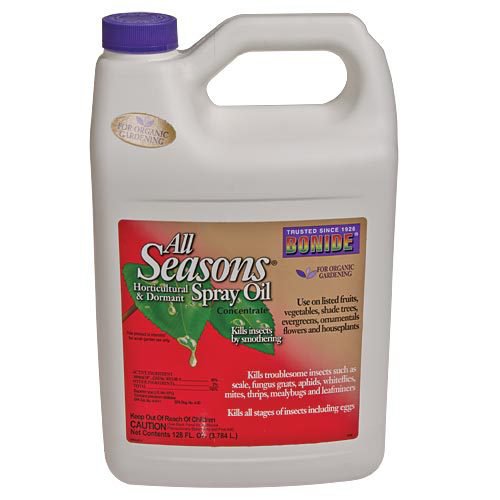
Make sure to spray outdoors only, always be upwind of your plants when spraying and wear protective clothing (long sleeves, pants as well as a mask or respirator if possible). Another action that helps get rid of them is water blasting action so if you can spray with a device that is a bit forceful that will knock them off the leaves but it doesn’t get rid of the eggs. The eggs are the problem and that is why you have to spray for three weeks to break their egg laying/hatching cycle. During hot weather spider mites multiply at incredibly fast rates and increase their reproductive cycles as the temperatures increase. Their normal life cycle is around 2 weeks but if temps are over 100F that can get down to 2 days. Their population can go from a few hundred to hundreds of thousands in a week or two during hot stretches or heatwaves and can go from one plant to many spreading like wildfire.
We also recommend spraying the soil and pot as they can lay eggs in some odd places. Also any leaves that are turning yellow you should remove from your plant and put in a sealed bag and dispose of immediately. Even with all the leaves removed from your plant they are still there and will start feeding on any new emerging leaves. If not treated correctly this could eventually kill your plant as it will not be able to produce any leaves that can sustain photosynthesis and your plant will not be able to get the energy it needs to sustain itself.
Less Leaves = Less Water
Also as your plant loses more and more leaves you need to water it less and less as it has no way to transpire out water with no leaves. As that water just sits in the soil your roots will not have enough air and root rot will quickly develop. This is the main way that plants die from spider mite infections.
Pro Growers Spray Proactively
For growers of outdoor hibiscus you probably have spider mites year round but with natural predators and the weather they are kept in check until heatwaves hit. As mentioned previously a spider mite’s lifecycle can shorten all the way down to two days when temperatures are over 100F and their population will exponentially explode. As a pro grower the smart move is to proactively spray before a forecasted heatwave hits. This is how you can maintain high performance hibiscus bloom production year round and also have lush, green plants with no let ups.
And the key result in addition to not having spider mite problems is you will have to spray much less often as you have kept their population under control. Most of our experienced growers that spray only have to do so twice a year. Usually before the first heatwave and again a few months later before one of our last heatwaves since the spider mite population has had a chance to rebuild to an extent.
If you grow indoors spider mites prefer those conditions even more and can more quickly infest your plants. So be prepared ahead of time and have the needed products ready to go before trouble hits because they will spread very fast.
Sprayers for Large Collections
If you have a lot of hibiscus plants or a large property we highly recommend using a battery operated spray cart. Not only will this save you an enormous amount of time and effort but the sprayer provides excellent blasting action which the spider mites hate. 9 Gallon Battery Spray Cart
